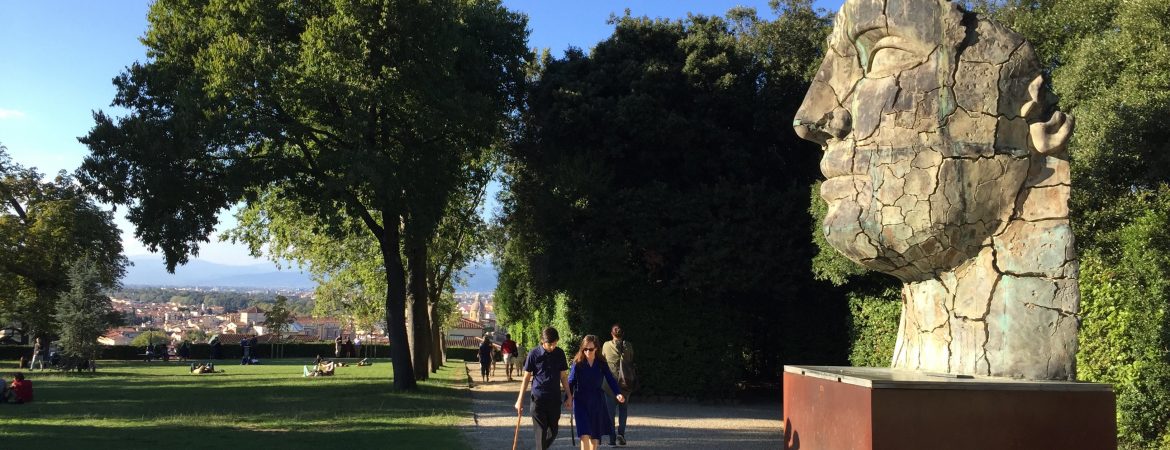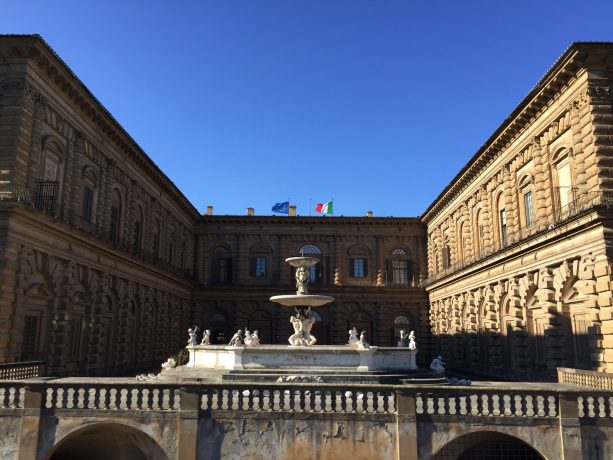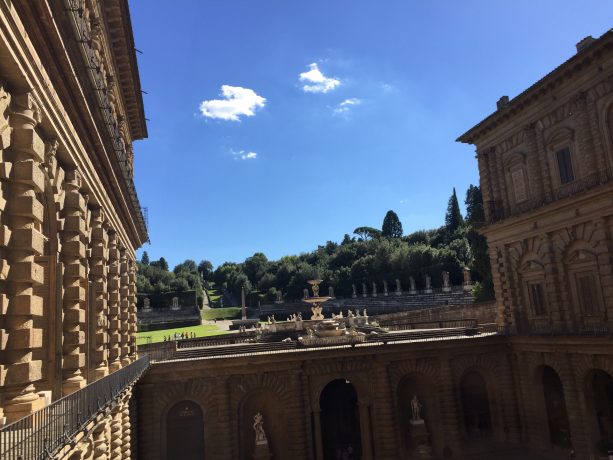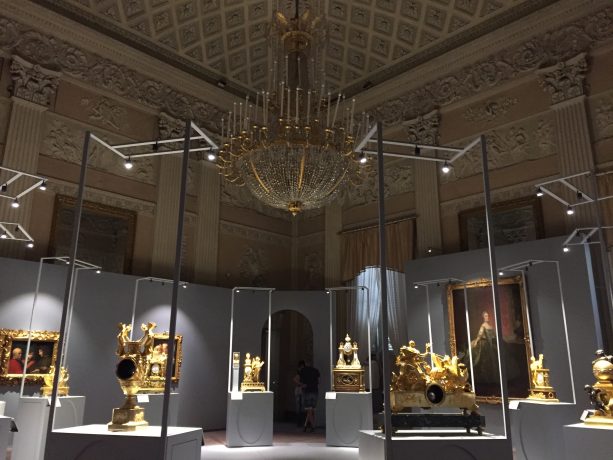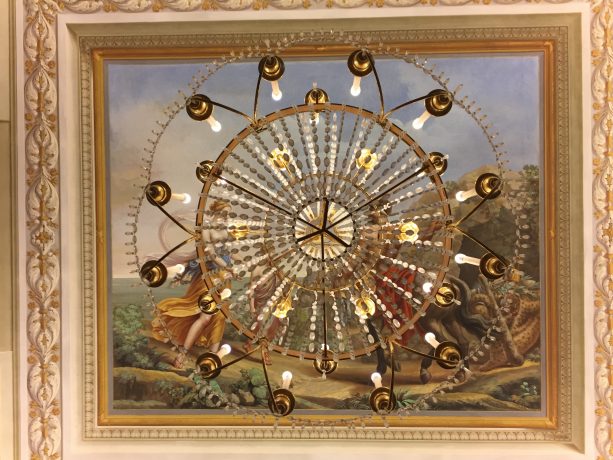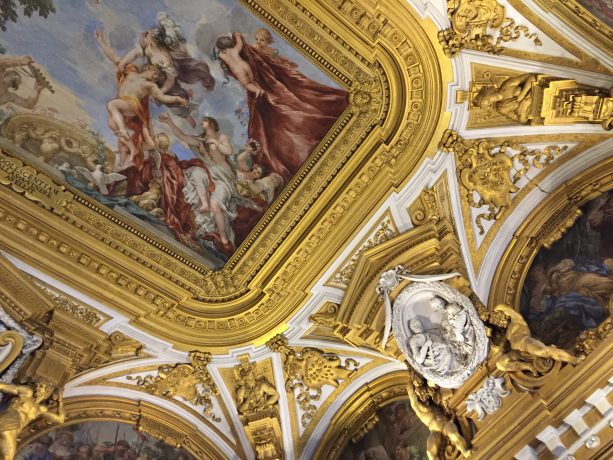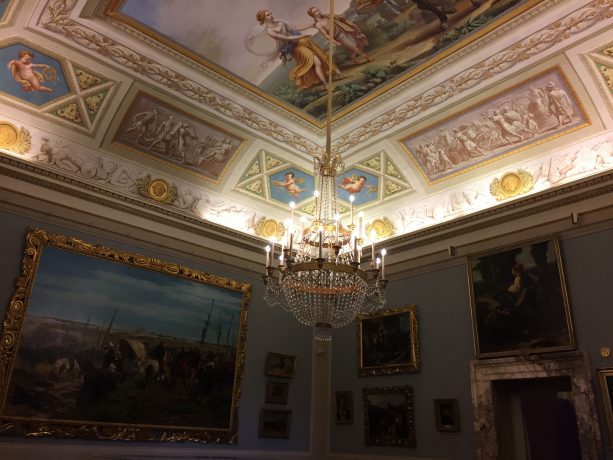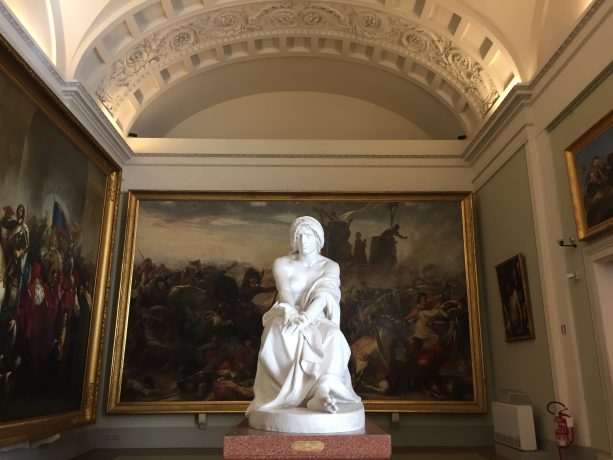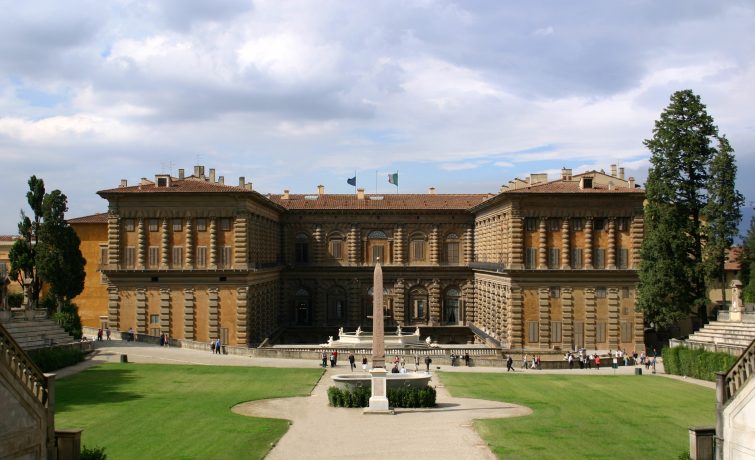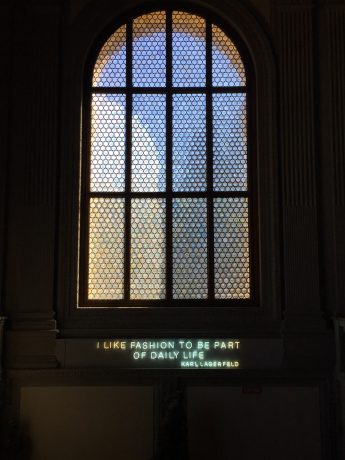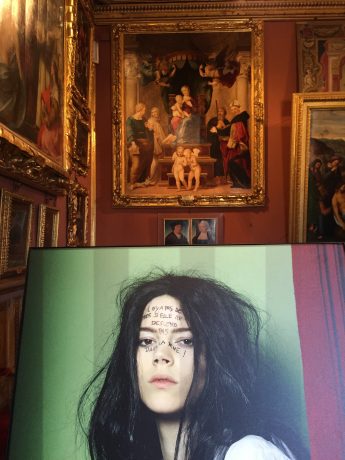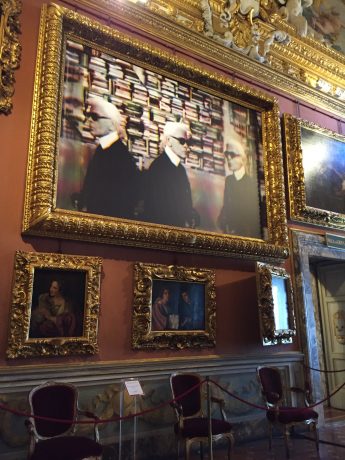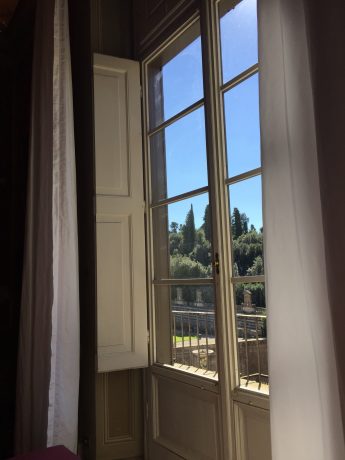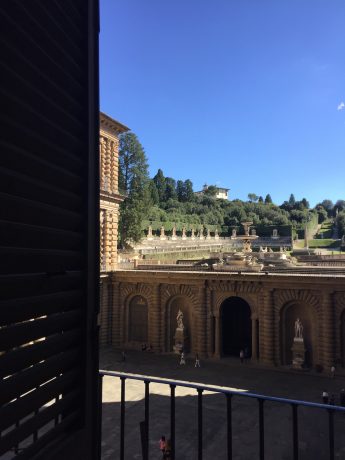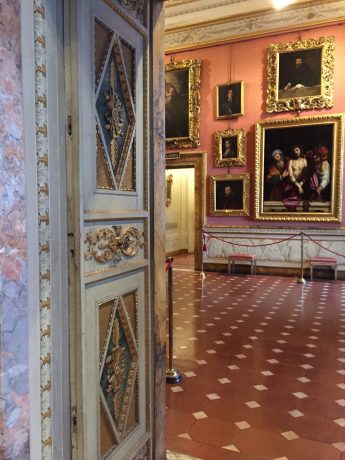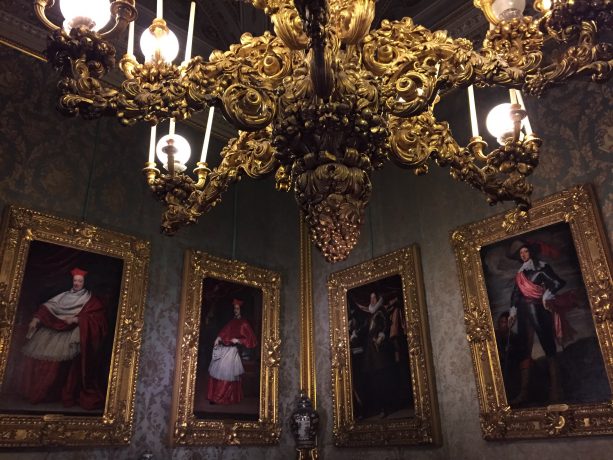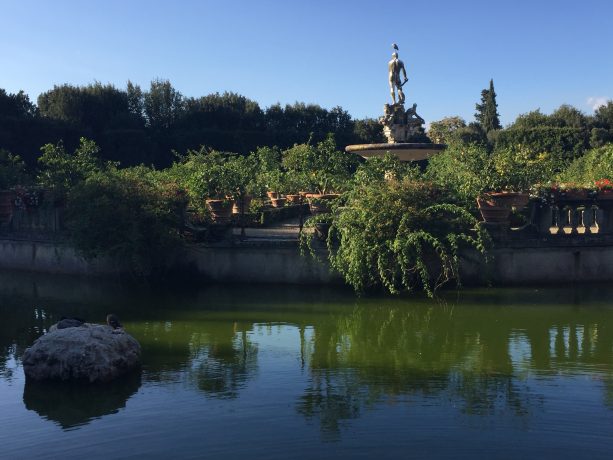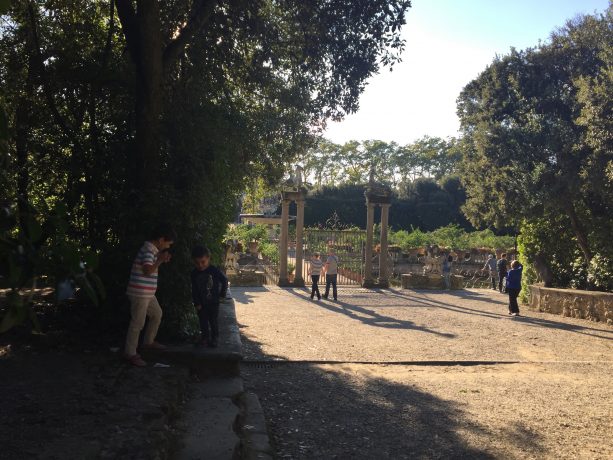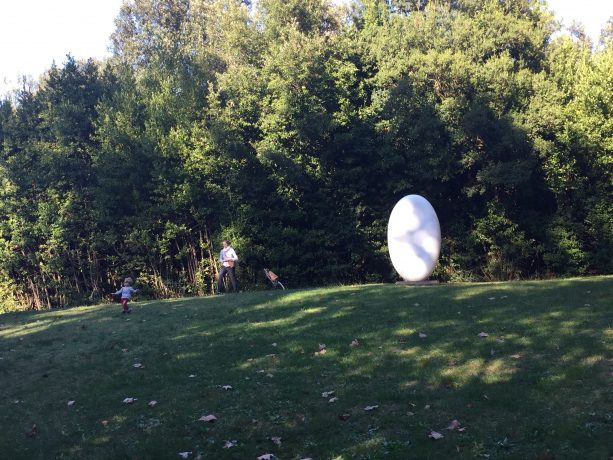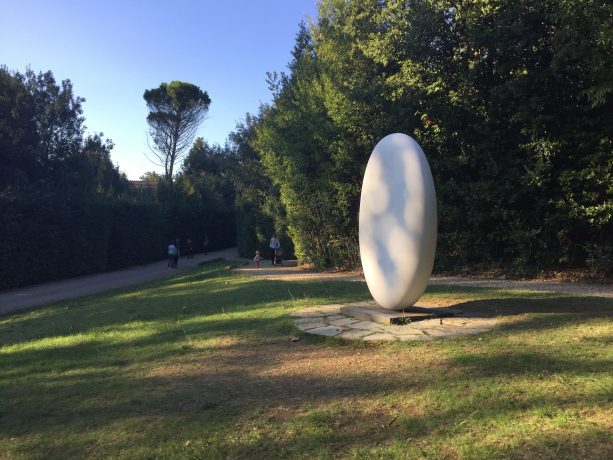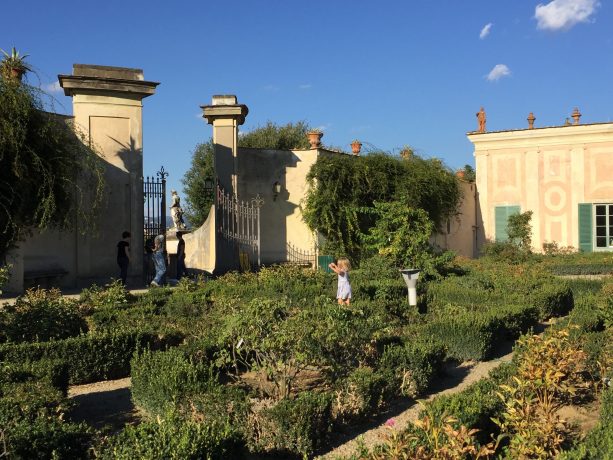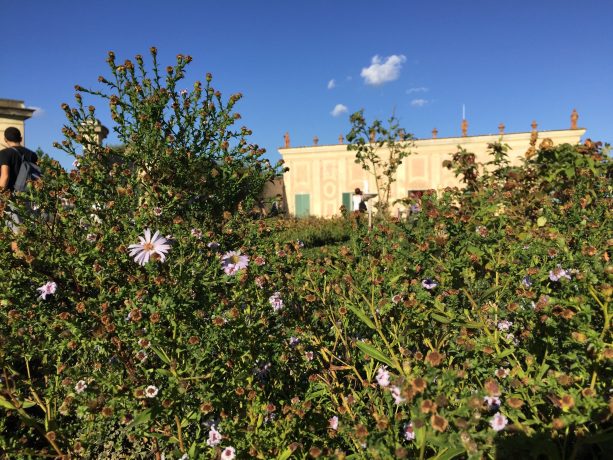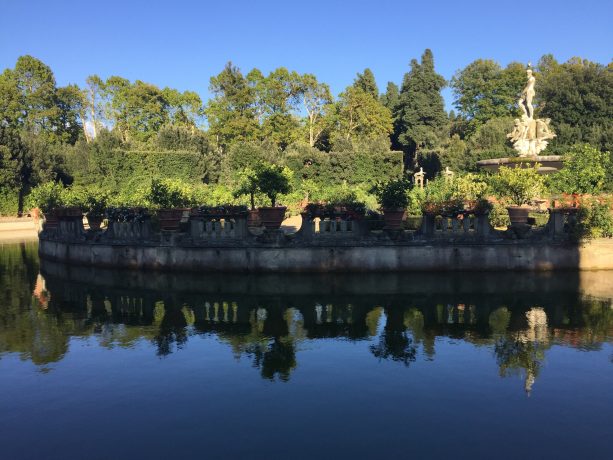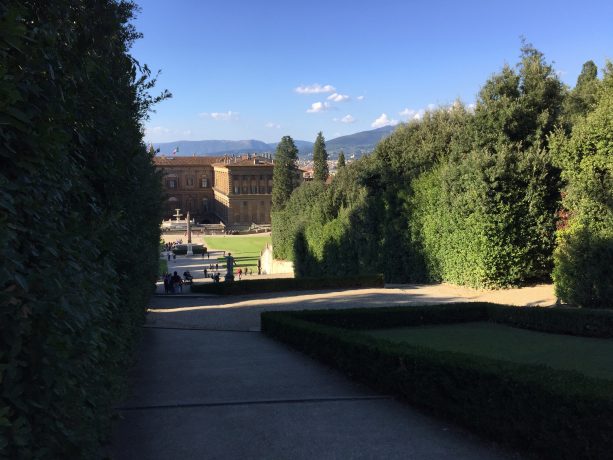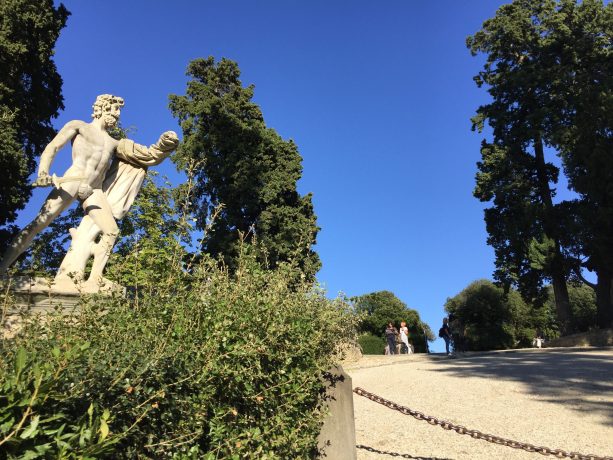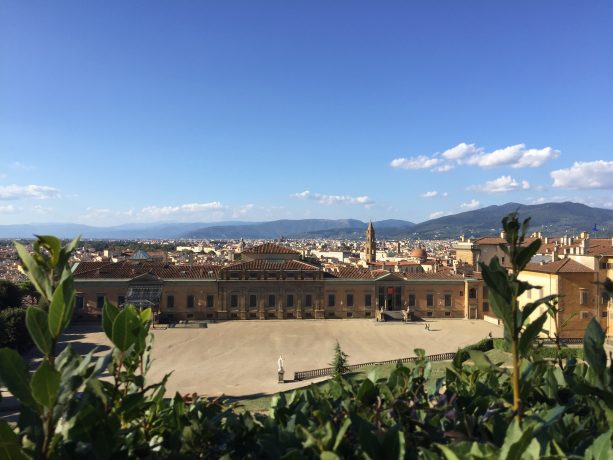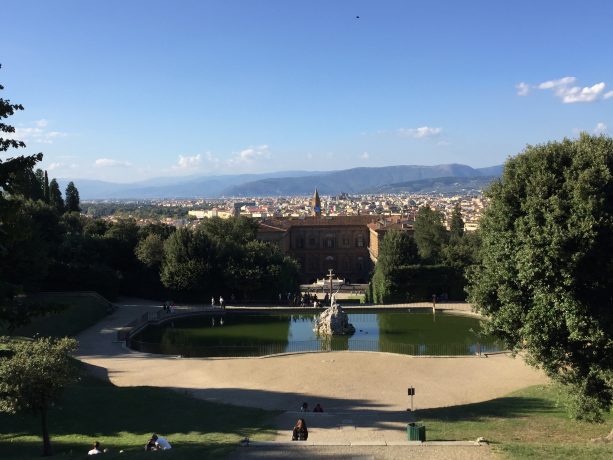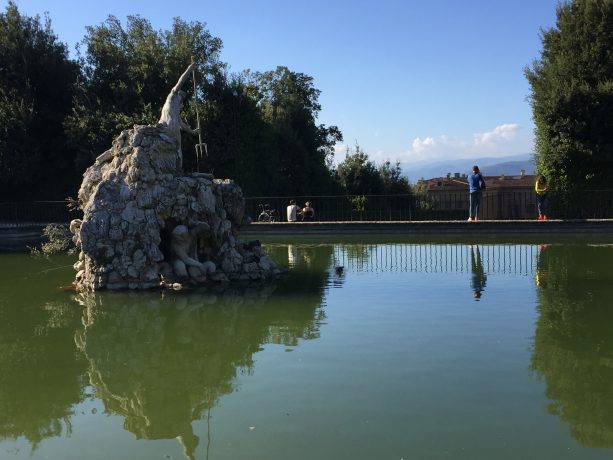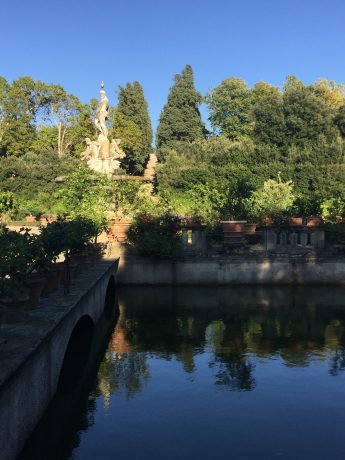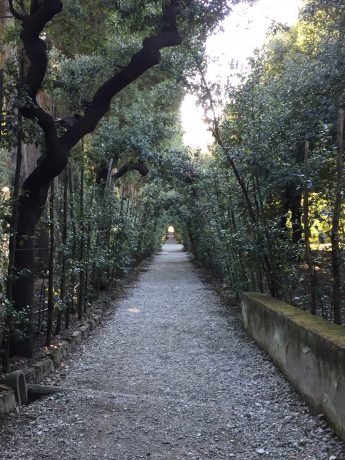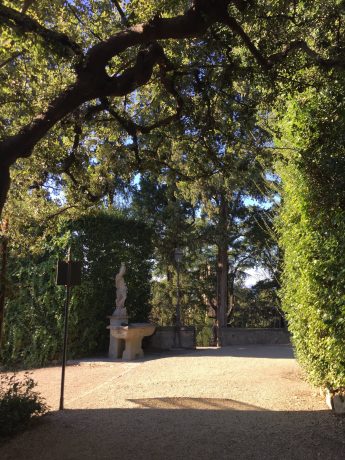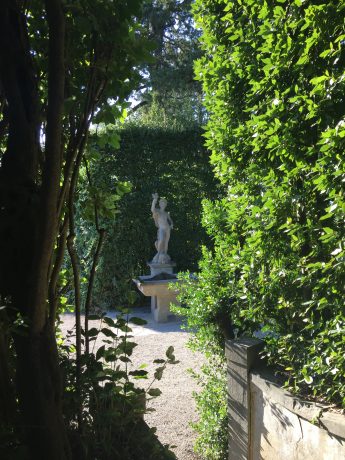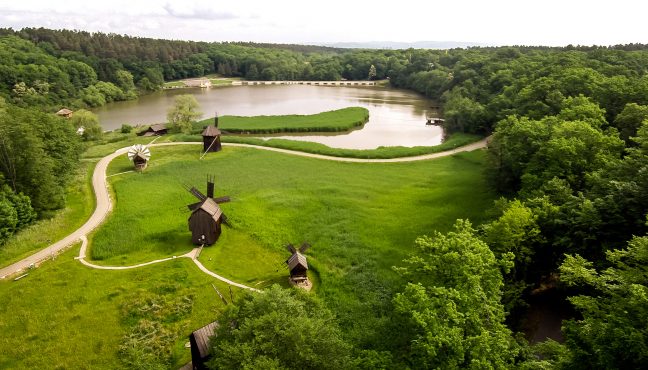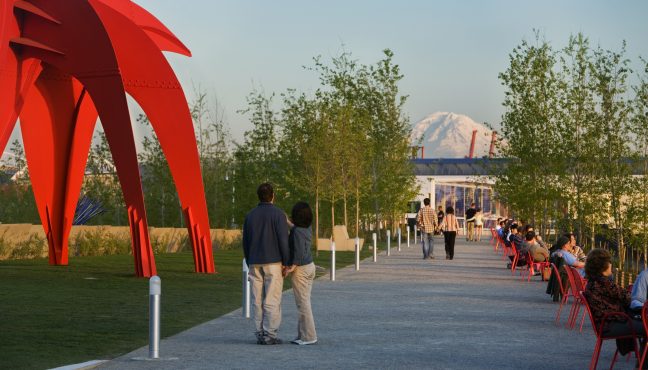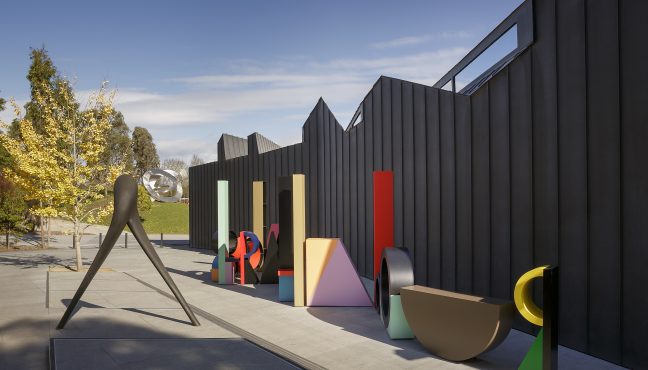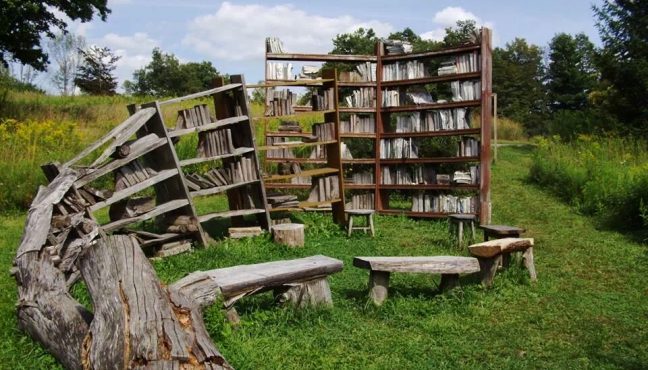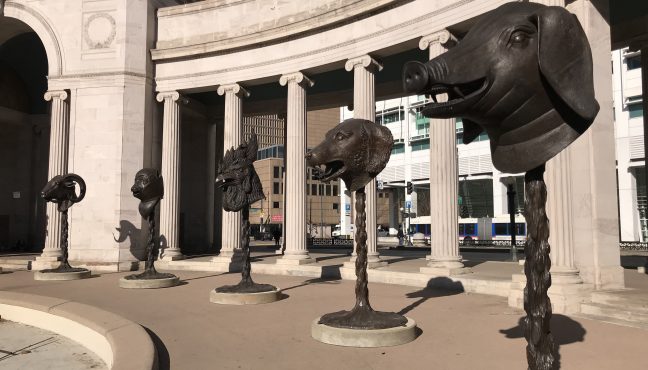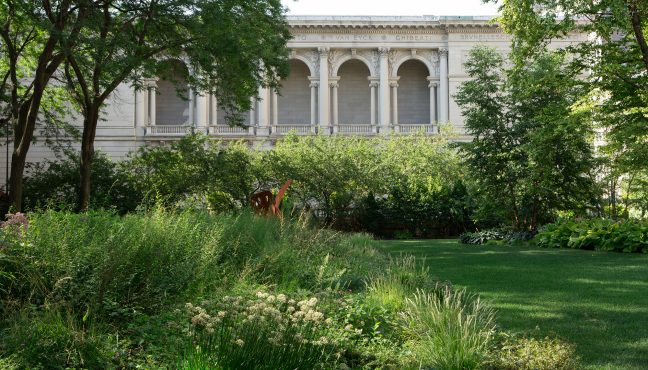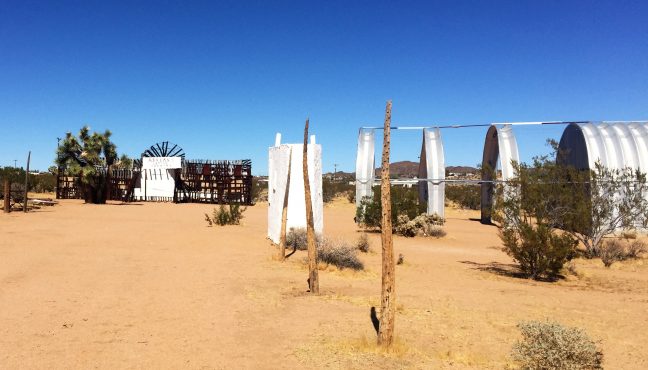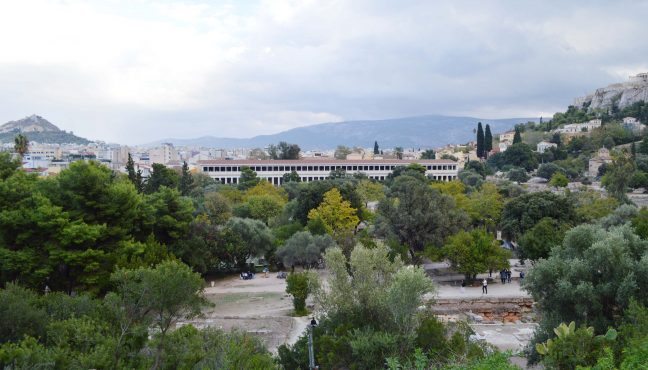There shouldn’t be a Tuscan museum guide without Palazzo Pitti. The largest museum complex in Florence includes the principal Palatine Gallery that contains over 500 Renaissance paintings including masterpieces by Raphael, Titian, Perugino, Rubens, and others.




The peculiarity of this gallery is that it remains a private collection and the works of art are displayed (as originally intended) in family rooms, rather than following a chronological order or an arrangement based on a school of art. Palazzo Pitti also houses the Silver Museum, a collection of fine jewellery, silverware, crystal, ivory, cameos, and textiles from the Medici collections. The Modern Art Gallery (in Italy, meaning art from 1850s) hosts the Porcelain Museum, Royal Apartments, the Museum of Carriages and Costume Museum.
Originally, Brunelleschi designed the Palazzo in the 1450s, when it was commissioned by an extremely wealthy and ambitious Florentine banker, Luca Pitti, who intended to outshine the palaces of his rivals, the Medici family. After some financial setbacks, in 1550s, Pitti’s heirs were forced to sell the Palazzo to Medici, so it became the chief residence of the Grand Dukes of Tuscany.
Palazzo Pitti museums are always high on any must-see list, we would suggest paying attention to the Palatine Gallery that often offers cutting-edge exhibitions, juxtaposing Renaissance and contemporary art, the Royal Apartments with neatly preserved furniture and textile, but most of all, to the Boboli Gardens.



Museum gardens are usually perceived as an unrequired, optional bonus, but we would even suggest parking at Porta Romana and taking strolling through the gardens as you enter, instead of walking to Palazzo Pitti main entrance. If you are visiting in summer months, take advantage of the gardens early in the morning and make your way to Palazzo Pitti by midday, since there is little space to hide from the sun. Keep in mind that the Medici family rhino used to graze there, so it gets Africa-hot.


In good weather Boboli Gardens are great to get a view of Florence and lay on the grass to relax. You’ll find a series of lawns, gardens, grottos, fountains, ponds, terraces, and hidden paths with sculptures. Boboli Gardens became exemplary for other European courts with how they blend nature and art, creating a soothing and quiet environment. It is not fully a sculpture park but rather eye candy; a place to unwind or even hide.


In the 16th century you could literally hide there, taking the Vasari Corridor an elevated passage that connects Palazzo Pitti to Palazzo Vecchio, passing through the Uffizi Gallery. The Corridor was built by Vasari in 1565, but unfortunately over the centuries some of its parts were lost. Today visits are available by appointment only.



After you walk through the gardens, visit the café on the ground floor of Palazzo Pitti, they don’t offer a great variety for lunch but do provide good snacks, delightful and inexpensive Prosecco and coffee. After that, in the midday heat you can hide in the grand halls of Palatine Gallery and the Royal Apartments, just as the Grand Dukes did!

Tip: Park at Porta Romana and enter through the Boboli gardens gate to avoid crowds and enjoy the walk. Skip the gardens, if the day is too hot (the territory is vast with no place to hide).
Fact: The design of Vasari Corridor included small windows and views of the streets and the Arno river. This is the reason why the butchers' shops, emanating unpleasant odours for the Grand Dukes and their guests, were removed from Ponte Vecchio and replaced by goldsmiths' workshops that still characterize the most famous bridge in Florence.

